How to Keep Returning College Students on Track
ED Surge
AUGUST 31, 2022
Returning to college after years away from formal education can feel like a new beginning, as well as a daunting challenge. What sparks students to return? Once they’re back, how can colleges help them stay on track? And what informal networks and resources do students create on their own? Those are some questions we explore in the second episode of our podcast series Second Acts.

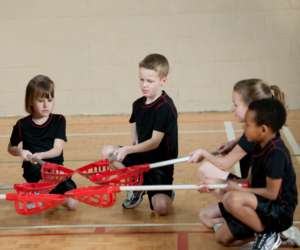
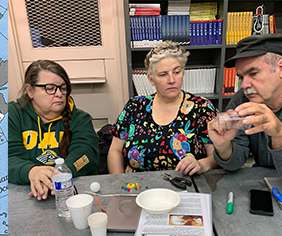
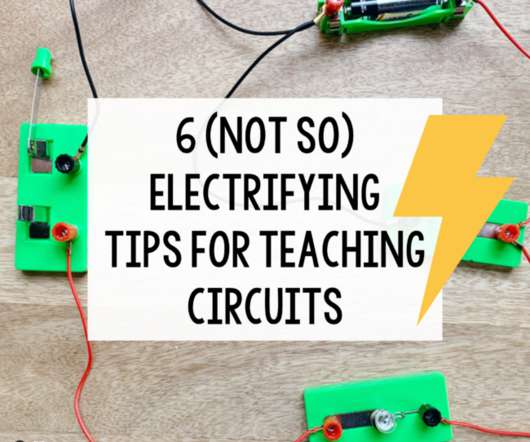

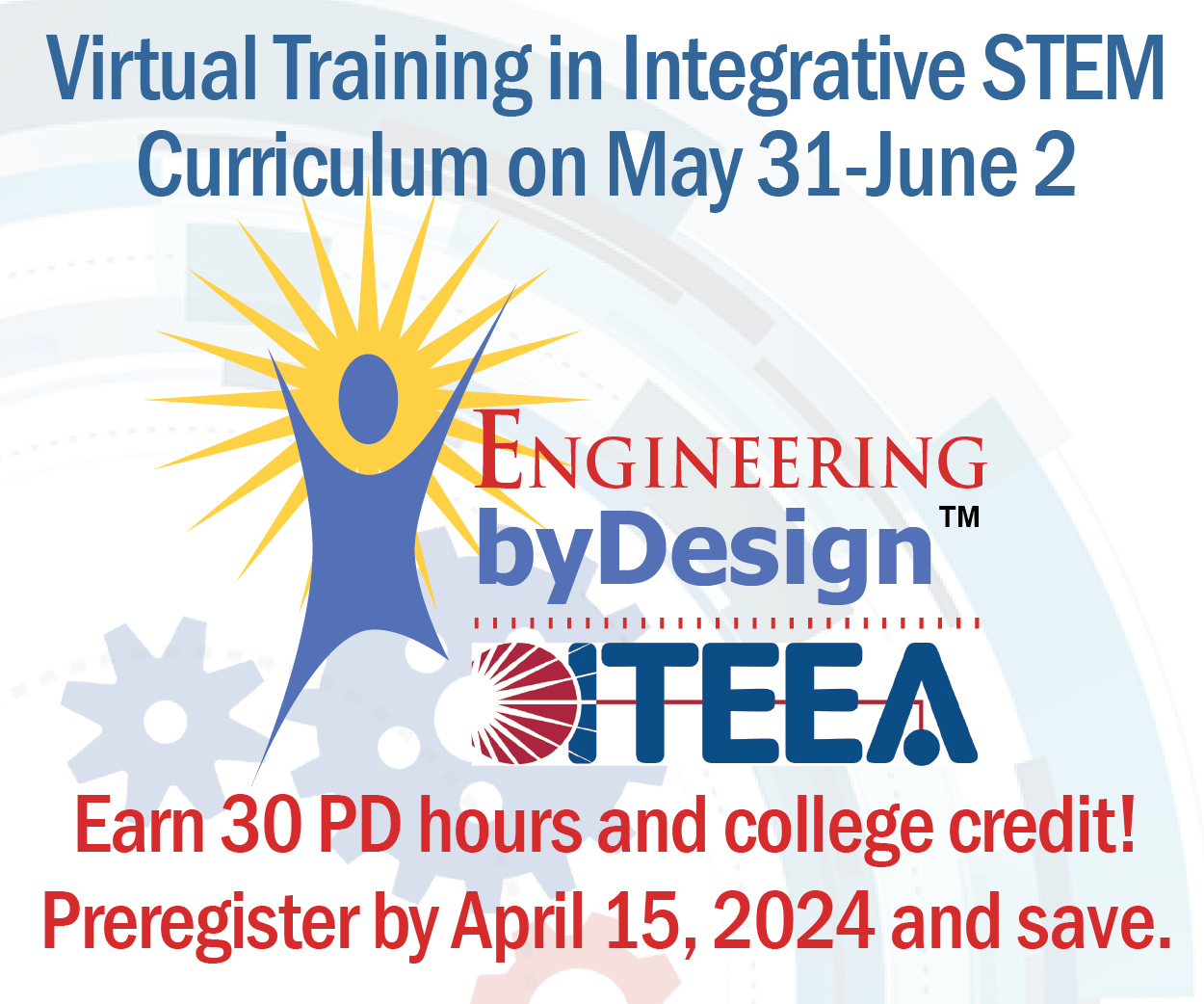
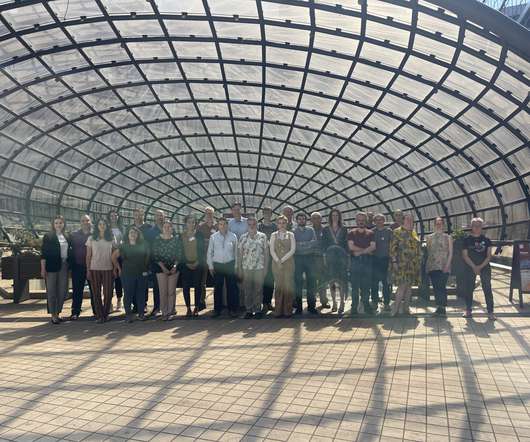
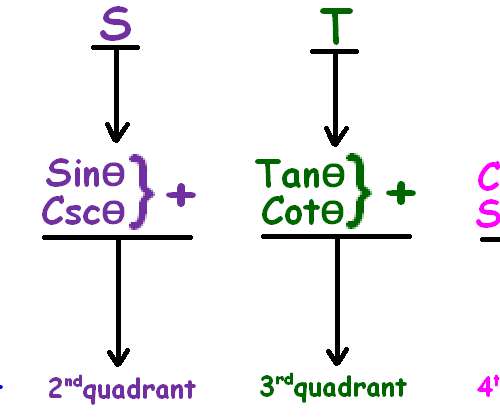

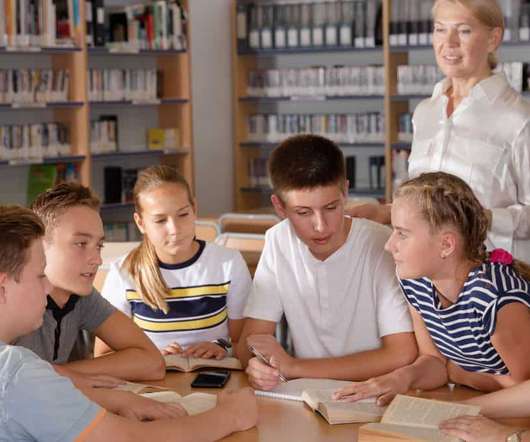
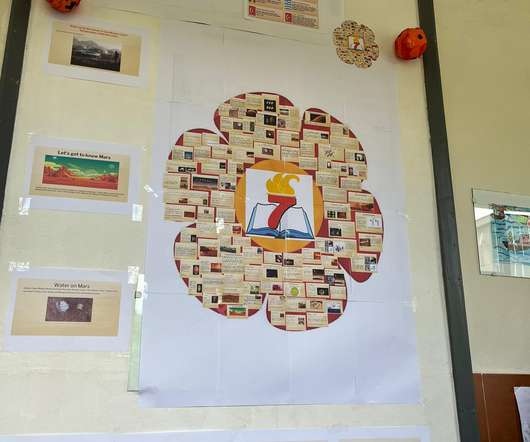
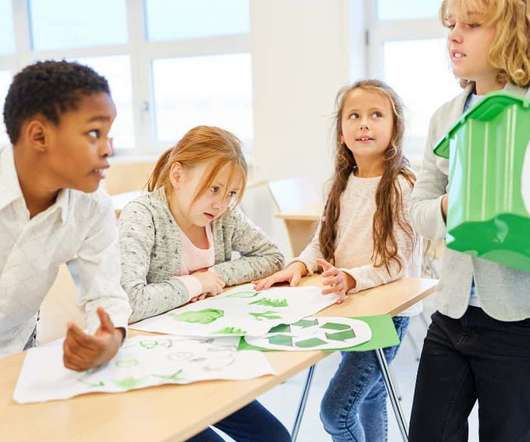
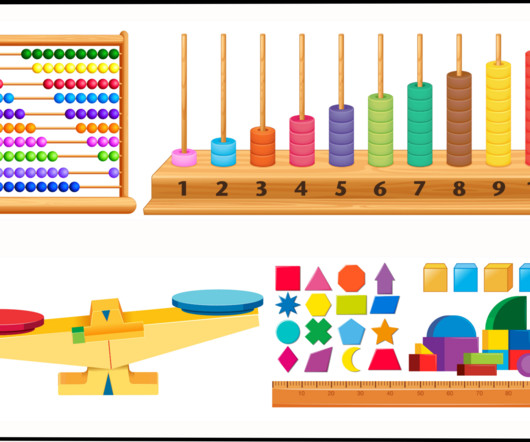
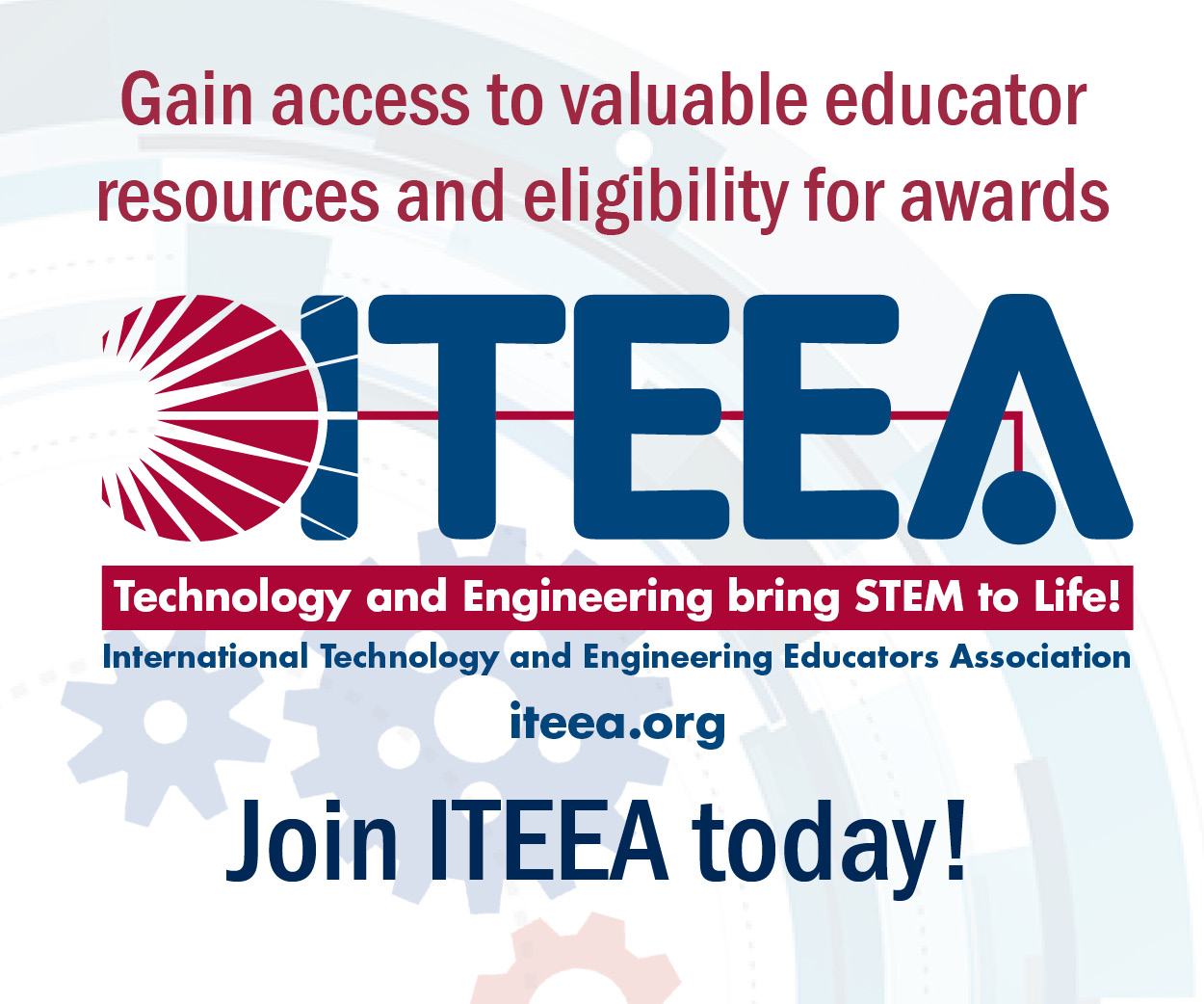
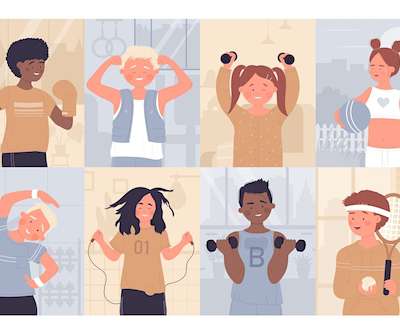
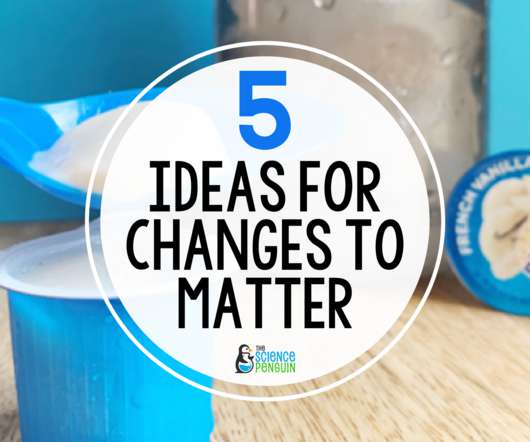






Let's personalize your content